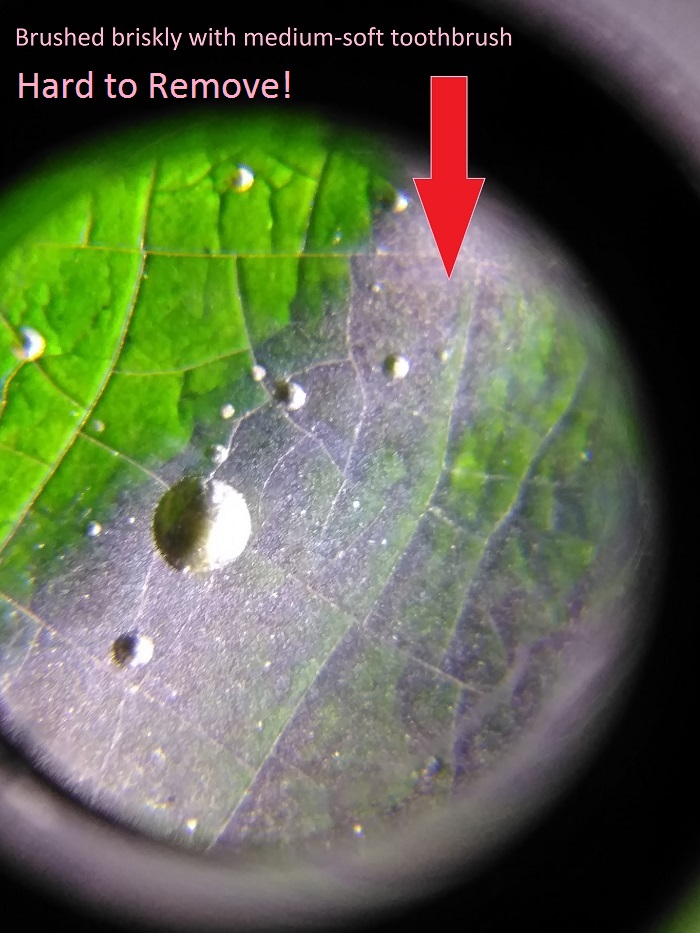
|
Subject:Tang Horse - Glaze mineralization/deterioration
Posted By: Paul Benson Sat, Sep 15, 2018 IP: 107.77.165.12
I have a horse I am currently studying. It was an estate sale purchase and heavily encrusted (clay-baked fake?) so I am looking at it as a probable work of deception, but there are enough positives about it to have me looking quite closely. The craze looks correct, the weight is a bit light for its size, the paste has a very light pink tone and is difficult to scratch, it absorbs water nearly instantly with earthen smell, much luminescence, and a rich luster to the glaze in natural light. I also found organic material under the encrustment on the top of the base (have photos if any are interested).
So it has me scratching my head a bit. But fake or no it has been an interesting study. And the price was quite reasonable.
I have a couple of questions concerning Sancai glaze and its deterioration and mineralization.
Many of the grooves and recesses of this piece were full of a hard encrustment that come off like powder or silt. Some of it was quite hard to get off and had to be picked and poked to get it to break up; and some came off fairly easy by brushing with a medium soft toothbrush. Remaining in the vertical grooves of this piece there is a salty residue that is very difficult to remove. Is that evaporative salts or something that leached out of the glaze? I know that glaze deterioration can be faked by immersion in chemical but could fakery be this 'area specific'?
Also on the lower legs where the white glaze ends, and also where the hoofs have amber glaze on them, the glaze edge is darkened. This darkening is some kind of salty/mineral substance that has crept not just upon the outer surface of the glaze but appears to be under the edge of the glaze also. What is this substance; and what is the process of its formation? Is this any indication of age? Can this be faked?
Thank you for any response and any info on the mechanisms of forgery used to mimic age and authenticity. Paul





|
 Tang Horse - Glaze mineralization/deterioration
Tang Horse - Glaze mineralization/deterioration  ( China & Japan ) - Paul Benson - Sep 15, 2018 (12:23 AM)
( China & Japan ) - Paul Benson - Sep 15, 2018 (12:23 AM)